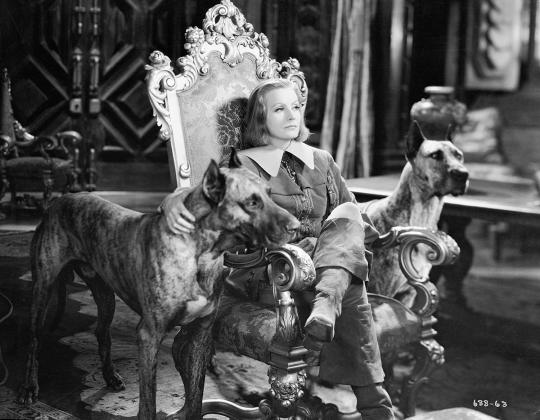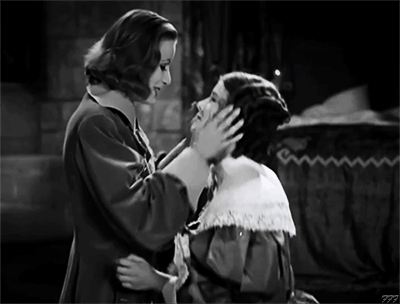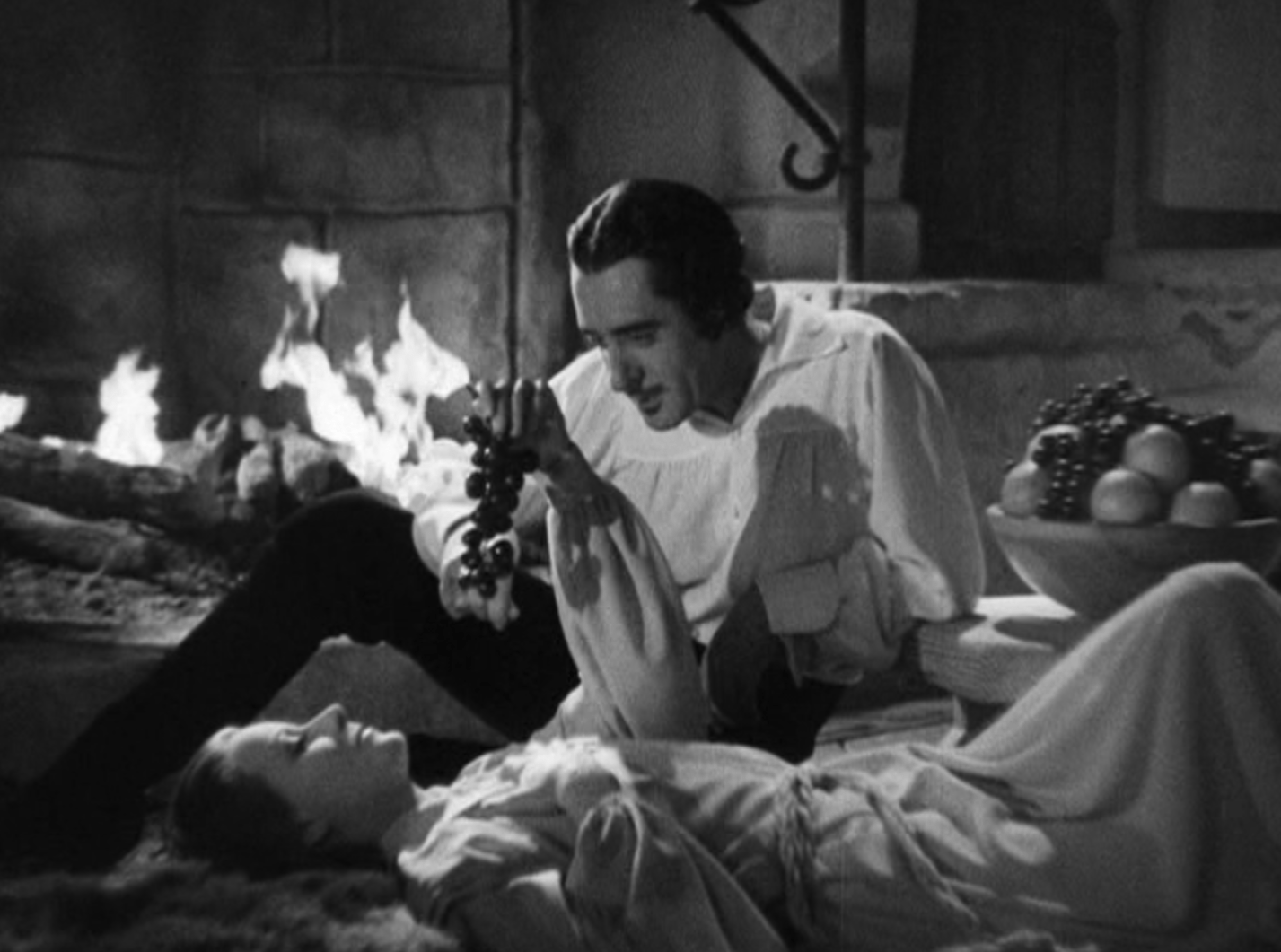Why Angelina Jolie's "Hardbody" in 'Lara Croft: Tomb Raider' Appeals to the Woman Spectator
While the camera is objectifying her body to invoke a sexual response in male viewers, Lara Croft still defies the expectations of women in action films.


Greta Garbo, a queer actress playing a real-life queer Queen, is the best of both worlds. Queen Christina (1933) is absolutely phenomenal for its depiction of the first tomboy queen in history. While Queen Christina was not historically accurate on the Queen’s heterosexual romance in the film; the Queen of Sweden was known for her gender-bending, and Garbo herself is a gender-bender, so this role was perfect for her. After 1934, Hollywood entered the Hays Code era that prohibited anything inappropriate to the public eye, such as homosexuality. Though this film was released in 1933, it still couldn’t call itself out as queer. A few films have surpassed this rule by suggesting their characters are queer through speech and costuming. Throughout the film, Garbo mostly wears men’s attire that gives her an appearance of a Prince than a Queen. Her unusual attire is only addressed when she leaves the palace, and a gentleman mistook her for a man.

This plot might sound similar to other films involving a woman character disguising herself as a man. But I don’t see Garbo’s outfits as a guise, but a choice. Christina chooses to wear loose clothing, for it is less constricting. She does not correct Antonio (who will be her lover in the film) because technically, she’s not lying. The real-life Queen Christina was rumored to be intersex (no evidence of this statement) whether she was intersex or not; Queen Christina did not see herself as a woman; at least not by society’s standards of what a woman should be. While Garbo’s character is known for dressing like a man; it is after her romantic relationship with Antonio (the gentleman who mistakes her for a man) that she wears a lavish dress that shocks the kingdom and the audience. This was without a doubt a strategy the film had to do, in order to, affirm Christina is heterosexual. Be that as it may, the most talked-about scene was Garbo locking lips with a woman. True, the kiss is treated as a friendly gesture shared by the two women, but this can definitely be read through a queer lens because the woman that Christina kisses in the film is none other than Ebba Larsdotter; the real-life lady-in-waiting and possible lover of the queen.

It’s also important to note that this was an erotic film for its time. There are a couple of notable scenes in Queen Christina; one is the scene of Christina sharing a kiss with her lady-in-waiting, and another scene is Christina walking around in a room caressing objects. Before, she walks around a room for about three minutes; she’s pressing grapes on her lips seductively, as her lover watches. This was after Antonio finds out Christina is a woman; it would seem he was already developing a homosocial relationship when he was under the impression Christina was a man. When Christina had no other choice, but to share a room with him to throw off suspicion; he looks cursorily as she undresses (remember, he thinks she’s a man!). Plus, after her gender identity is revealed, and they have sex; Antonio’s male assistant drops in, and when Antonio says he has no intention of leaving the bed; this gives off a homosexual reference since the assistant believes it is two men in bed with each other.

I will say that even though Queen Christina has let heteronormativity get in the way of any chance of the film being Queer; this film is still feminist. Unlike in Morocco (1930) where Marlene Dietrich’s character (also known for gender-bending) runs after the guy in the end; Christina is left alone, much like Garbo’s decision to never get married. In the film, Christina gives up her throne to be with Antonio, but he dies in her arms, and she’s off to face a new world on her own. But this isn’t a tragic ending, but a feminist one. We are given a beautiful shot of Christina looking toward the ocean; she doesn’t even blink or move in this position. They chose to end with the hero’s journey trope; it ends by saying this is not the last of Queen Christina’s journey, but only the beginning.
Related lists created by the same author
While the camera is objectifying her body to invoke a sexual response in male viewers, Lara Croft still defies the expectations of women in action films.
Related diversity category
Overall, 18 Presents feels more like a soap opera than a drama, and I feel bad for saying that since the concept is based off a tragic story (even though it’s loosely). I’m sure other people will find this film emotional for them, but as for me, it’s bland and forgettable.
Related movie/TV/List/Topic
If I had truly wished to witness "Guardians of the Galaxy", I would have stayed home to do so. Instead, I went to the IMAX and took in this newest incarnation of one of the most recognized and adapted superheroes in the DC Universe. **Sigh** Let me be clear here. I am NOT saying this is an AWFUL film.